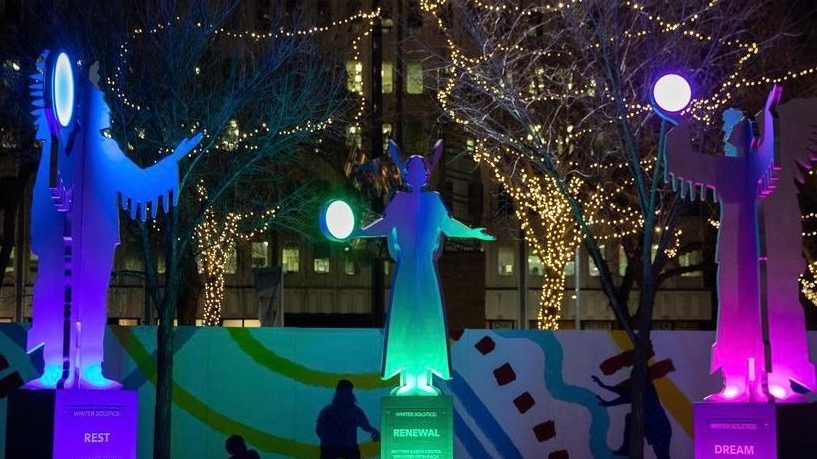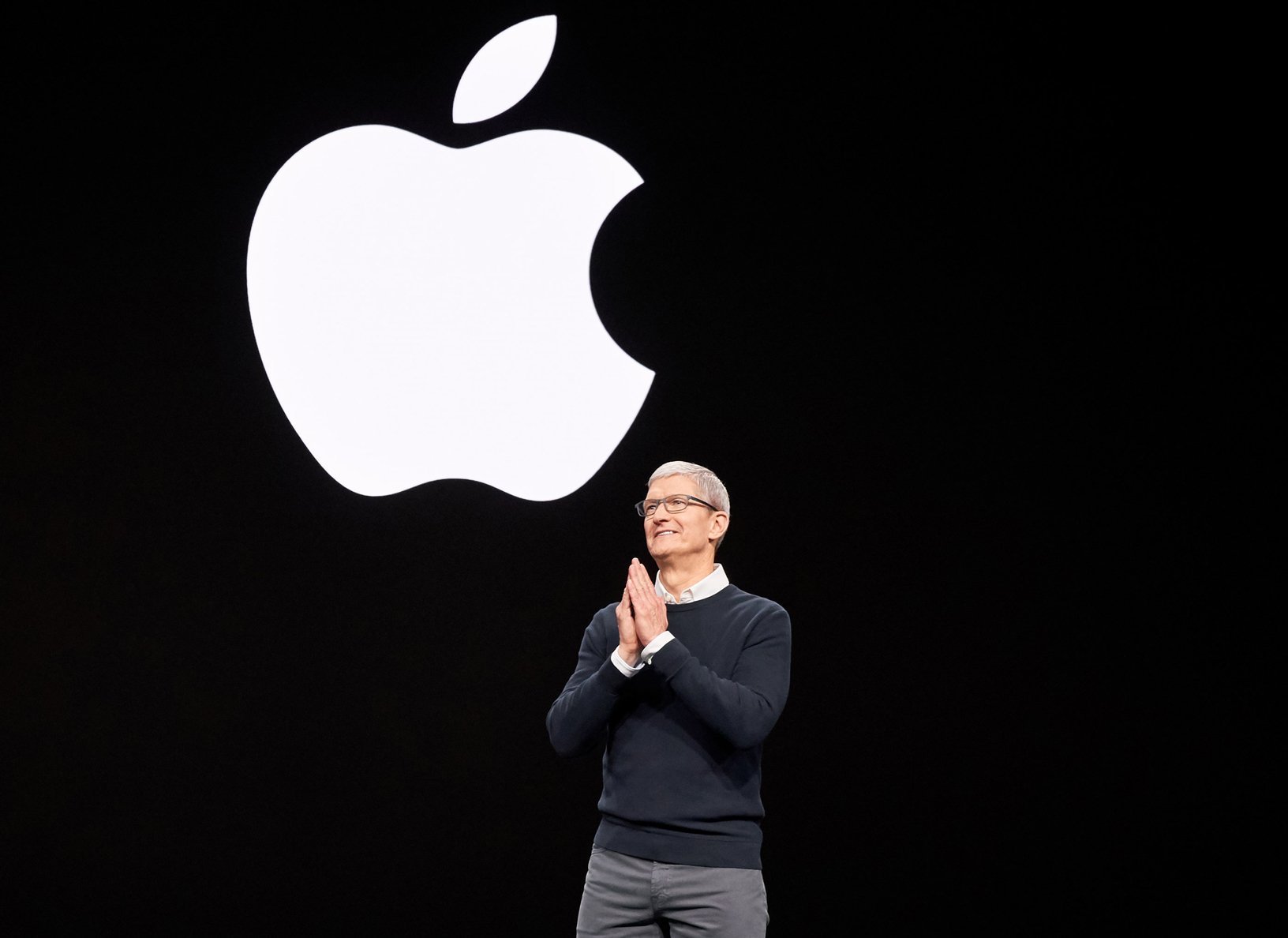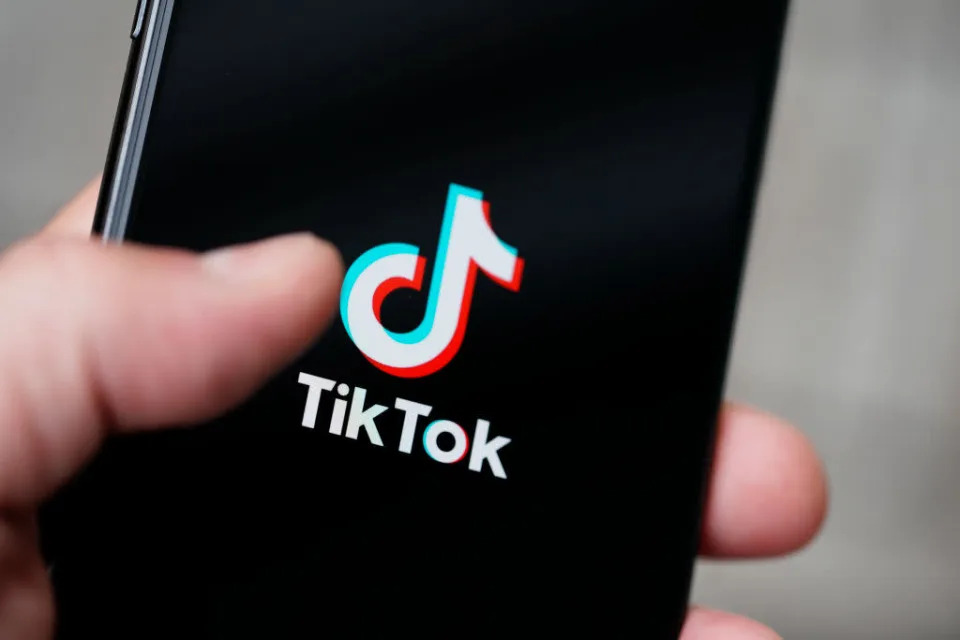What's inside time capsule under statue of Robert E. Lee? Artifacts, and a mystery
Steve McMillan
Thu, December 23, 2021
A rust-colored 1875 almanac, a cloth envelope and a silver coin were found Wednesday in a time capsule that lay hidden beneath a towering statue of Confederate Gen. Robert E. Lee in Virginia for more than 130 years.
As intriguing as the water-damaged items were, they're not what many were expecting to see after state conservators spent five hours gingerly prying the time capsule open. Even the mortar-encrusted lead box was a bit of a surprise.
Historical records led many to believe the capsule held dozens of objects related to the Confederacy as well as a picture of deceased President Abraham Lincoln. But in just a few minutes, its contents were revealed and the items were few.
There were three books total. Besides the almanac, there was a tattered book with a pink cover that appeared to be an edition of “The Huguenot Lovers: A Tale of the Old Dominion” by Collinson Pierrepont Edwards Burgwyn. He was a city of Richmond civil engineer who worked on the plans for Monument Avenue, where the Lee statue had stood.

A book that was removed from a time capsule that was removed from the pedestal that once held the statue of Confederate Gen. Robert E. Lee on Monument Ave. on Wednesday Dec. 22, 2021, in Richmond, Va. Three books and an envelope with a photo and a coin were inside the box.
There also appeared to be a pamphlet of some kind that made reference to water power facilities for the city of Manchester, a community south of Richmond.
Devon Henry, the contractor who took down the Lee statue and is continuing to work on the removal of the pedestal in Richmond, said there could be a second time capsule that's yet to be found.
“I’m as intrigued as everyone,” he said, as conservators worked to open the capsule. “It was a huge relief to find it. Secondly, we need to see if it’s what we are looking for.”
Is there a second capsule?
The day after the Lee statue was removed in September, work crews spent more than 12 hours searching for the time capsule in the base of the 40-foot-tall (12-meter-tall) pedestal but were unable to locate it.
More: Virginia begins opening time capsule from beneath Robert E. Lee statue
A time capsule was eventually found on Friday, embedded 20 feet high in the pedestal.
Henry said his work crew is still being extra careful given that the container opened Wednesday doesn’t match the description of the time capsule they were expecting.
A newspaper article from 1887 — the year a time capsule was embedded in the pedestal — suggested that the capsule contains Civil War memorabilia and a “picture of Lincoln lying in his coffin.” Records from the Library of Virginia also suggested that 37 Richmond residents, organizations and businesses contributed about 60 objects to the capsule, many of which are believed to be related to the Confederacy.
That time capsule was believed to be a copper box measuring 14-by-14-by-8 inches, larger than the lead box pulled from the pedestal last week. Besides there being far fewer objects, the capsule removed Friday measured 4-by-8-by-11.5 inches and was made of lead.

Conservator for Special Collections from the University of Virginia Sue Donovan removes paper from a photograph that was removed from a time capsule that was removed from the pedestal that once held the statue of Confederate Gen. Robert E. Lee on Monument Ave. on Wednesday Dec. 22, 2021, in Richmond, Va.
“We were really surprised to find something lead,” said Julie Langan, the director of the state’s Department of Historic Resources.
The team at the state Department of Historical Resources will catalog the artifacts and expects to have more details on their makeup and their possible origins in a few days. The books will be put in a freezer to avoid mold and the silver coin, which started to tarnish when the box was open, will be kept in a dry place to limit deterioration.
Before the work began to open the capsule on Wednesday, Gov. Northam said Virginia doesn’t need monuments that glorify the Confederacy.
“We are a Commonwealth that embraces diversity,” he said. “We are inclusive.”
The Lee statue was erected in 1890 and was long seen as a symbol of racial injustice in the former capital of the Confederacy. Its removal in September came more than a year after Northam ordered it in the wake of protests that erupted after the police killing of George Floyd in Minneapolis.
The Lee statue was one of five Confederate tributes along Richmond’s Monument Avenue and the only one that belonged to the state. The four city-owned statues were taken down in 2020, but the Lee statue removal was blocked by two lawsuits until a ruling from the Supreme Court of Virginia in September cleared the way for it to be dismantled.

Three books and a coin and envelope were removed from a time capsule that was removed from the pedestal that once held the statue of Confederate Gen. Robert E. Lee on Monument Ave.on Wednesday Dec. 22, 2021, in Richmond, Va.
Northam, a Democrat, announced earlier this month that the enormous pedestal would be removed, a reversal from September, when the governor said the pedestal would stay in place so its future could be determined by a community-driven effort to reimagine Monument Avenue.
After Floyd’s killing in 2020, the Lee statue became a focal point of the racial justice movement in Richmond. Since then, the pedestal has been covered in graffiti, some of it profane and much of it denouncing the police. Some activists wanted to see it remain in place as a work of protest art.
This article originally appeared on Salisbury Daily Times: Robert E. Lee statue time capsule: What's inside?
Search to resume for 1887 time capsule under Lee monument





Lee Statue-Time CapsuleVirignia Gov. Ralph Northam, center, watches as lead conservator for the Virginia Department of Historic Resources, Kate Ridgway, left, and Sue Donovon, conservator for Special Collections for the University of Virginia, right, remove the contents of a time capsule that was removed from the pedestal that once held the statue of Confederate General Robert E. Lee on Monument Ave. Wednesday Dec. 22, 2021, in Richmond, Va. Three books and an envelope with a photo were inside the box.
(AP Photo/Steve Helber)
BEN FINLEY and STEVE HELBER
Thu, December 23, 2021
RICHMOND, Va. (AP) — The spot in Virginia where a towering statue of Confederate Gen. Robert E. Lee once stood over Richmond's tree-lined Monument Avenue is now just a pile of boulders, rubble and sand.
But for the next few weeks, workers will continue their search for a famed 1887 time capsule that was said to be buried under the massive monument, long viewed as a symbol of racial injustice.
“We know what to be on the lookout for,” said Devon Henry, the contractor who took down the statue and its pedestal. “It will be a very decorative piece of granite that will look nothing like what’s already there.”
Henry spoke the day after one of the more anti-climactic moments in historic preservation: State conservators spent five hours gingerly prying open a corroded lead box that some believed — or at least hoped — was the 1887 time capsule.
But they didn't find the expected trove of objects related to the Confederacy, including a picture of a deceased President Abraham Lincoln. Instead, conservators pulled out a few waterlogged books, a silver coin and an envelope with some papers.
The prevailing theory among some Thursday was that the lead box was left by a person — or persons — who oversaw the monument's construction.
“They decided to have a little vanity project,” said Dale Brumfield, a local historian who focuses on the Richmond area. “It was not so much a time capsule as it was a self-commemoration capsule. And who was going to stop them?”
The box contained a novel written by Collinson Pierrepont Edwards Burgwyn, a city of Richmond civil engineer who worked on the plans for Monument Avenue.
The envelope contained an image of a man, with the words “James Netherwood master stone mason” written on the back. Netherwood supervised construction of the pedestal on which the large equestrian statue of Lee had stood.
“While Netherwood was still alive, he had a sculptor create a granite, life-size statue of himself,” Brumfield said. “Burgwyn probably had an ego about the same size.”
Julie Langan, the director of the state’s Department of Historic Resources, agreed that the box could be the work of people involved in the monument's construction, although she stressed that was still yet to be proven.
“If you go into historic buildings, you’ll sometimes find places where craftsmen have carved their initials to sort of leave a lasting imprint of their involvement,” she said. “And I see this as a similar sort of gesture.”
Langan said the box that was opened Wednesday was “more interesting than exciting.”
“What I found exciting is how excited the public has gotten around this story,” she said. “It shows me that the public can really get excited about history.”
The Lee statue was erected in 1890 in the former capital of the Confederacy. Its removal in September came more than a year after Gov. Ralph Northam ordered it in the wake of protests that erupted after the police killing of George Floyd in Minneapolis.
The statue was one of five Confederate tributes along Monument Avenue, and the only one that belonged to the state. The four city-owned statues were taken down in 2020, but the Lee statue's removal was blocked by two lawsuits until a ruling from the Supreme Court of Virginia in September cleared the way for it to be dismantled.
Henry, the contractor who took down the statue, said all of the decorative granite has been removed from the site. The work on the pile of rubble that's left — and the search for the 1887 time capsule — will resume Monday.
If all goes well, they'll find a much bigger box. It will be made of copper instead of lead. And there will be some 60 items, including a picture of President Lincoln lying in his coffin.
“We'll continue to do what we're doing in a very meticulous and professional and safe way,” Henry said. “And we’ll see what happens in a few weeks.”























